Reading List
The most recent articles from a list of feeds I subscribe to.
New Gameplay Trailer For Arthurian Action Game Tides Of Annihilation Shows Off A Thrilling Boss Battle
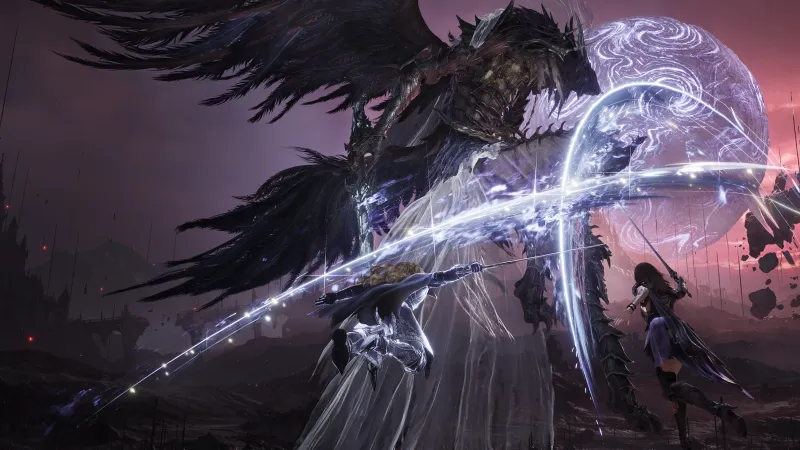
Tides of Annihilation raised a lot of eyebrows when it debuted during a PlayStation State of Play in February, and the promising dark fantasy action game got another showing today, this time on the Xbox side during its Partner Preview. Curious fans were treated to a four-minute gameplay trailer showing off a titanic boss fight that, frankly, looks awesome.
The adventure draws inspiration from Arthurian legend (as in the lore of King Arthur) and centers on an otherworldly invasion of a modernized London. This invasion has fractured the world into distorted mirror realities, and it’s up to protagonist Gwendolyn to travel between two worlds, London and the mythical Avalon, to save her family, the city, and existence itself.
Today’s trailer shows off an impressively flashy boss battle against Tyronoe, one of the eight sisters of Morgan le Fay. The video, which developer Eclipse Glow Games confirms is captured in-engine, shows how Gwendolyn will enlist the aid of legendary knights, of which there are 10 in total, to augment her abilities and turn the tide (pun intended) of battle. Today's trailer shows her tag-teaming with former rival Sir Lamorak.
Tides of Annihilation is coming to PlayStation 5, Xbox Series X/S, and PC, but it does not have a release window.
Dragon Quest Creator Yuji Horii On Remakes And Game Preservation
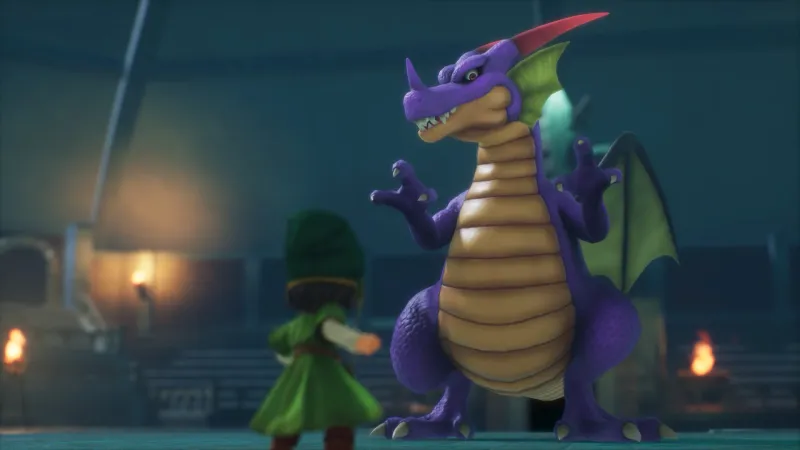
Dragon Quest VII Reimagined is the latest game to grace the cover of Game Informer magazine, and would you believe that in our 34 years of history, this is the first time we've featured a Dragon Quest game on the cover? That's a wild statement, so during my trip to Tokyo, Japan, to play Reimagined, I interviewed Dragon Quest creator Yuji Horii for 90 minutes about the series, what it's like seeing Dragon Quest VII remade again, game preservation, and more.
You can read my full deep dive into Dragon Quest history, as told by Horii, here, but in the meantime, let's get into Horii's thoughts on remakes and game preservation.
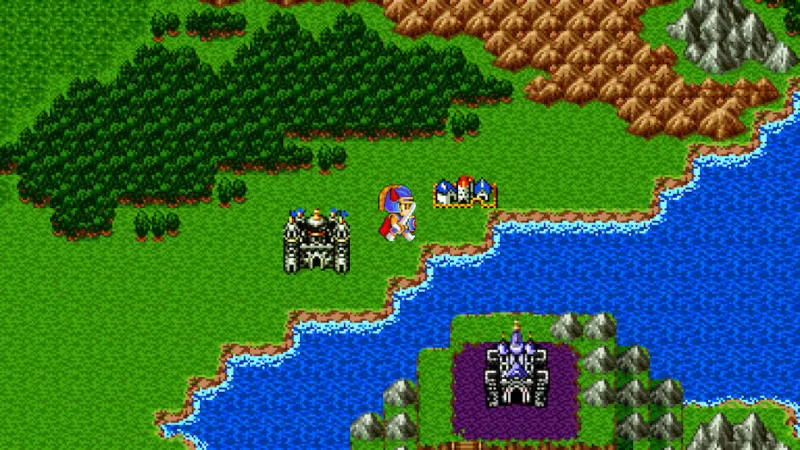 A screenshot from Dragon Quest I
A screenshot from Dragon Quest I
He begins discussing remakes by mentioning platform limitations of the past.
"We were confined by a lot of elements when we developed those games," Horii tells me. "So seeing this new generation of creators [Editor's Note: Horii is seated beside Reimagined producer Takeshi Ichikawa during this interview], reimagining and remaking these titles, it is an interesting sight to see.
"One of the key differences between video games and other entertainment platforms or media – you can always revisit those old mangas, old movies, but for video games, it's getting more difficult to play older games. So to actually offer an opportunity for players around the world to actually play the older titles in a new way in this modern day and age and on the current generation of consoles and platforms, I think it's a really great thing."
Game Informer video editor Alex Van Aken, who accompanied me on this Reimagined trip, followed up with Horii to ask about his thoughts on game preservation. He says it's a difficult topic.
"In a lot of ways, it's really something that can't be helped in this day and age," Horii says. "Back then, kids had limited forms of entertainment, or limited accessibility to entertainment. So they would spend tens and hundreds of hours in video games, but nowadays, it's a little bit different. The way people or kids interact and engage with video games is very different from when they did way back then, a few decades ago, since it's not just video games; there are so many different types and forms of entertainment. It's really hard to have a video game take [a piece of that] pie. So yeah, it's a difficult topic."
Dragon Quest VII Reimagined launches on February 5 on PlayStation 5, Xbox Series X/S, Switch 2, Switch, and PC.
While waiting for its release, check out this article breaking down everything in the Dragon Quest VII Reimagined issue of Game Informer, and be sure to subscribe here if you haven't yet to access the Dragon Quest VII Reimagined cover story, our deep dive into Dragon Quest history with creator Yuji Horii, and so much more.
Reanimal, The Next Game From The Little Nightmares Team, Drops In February
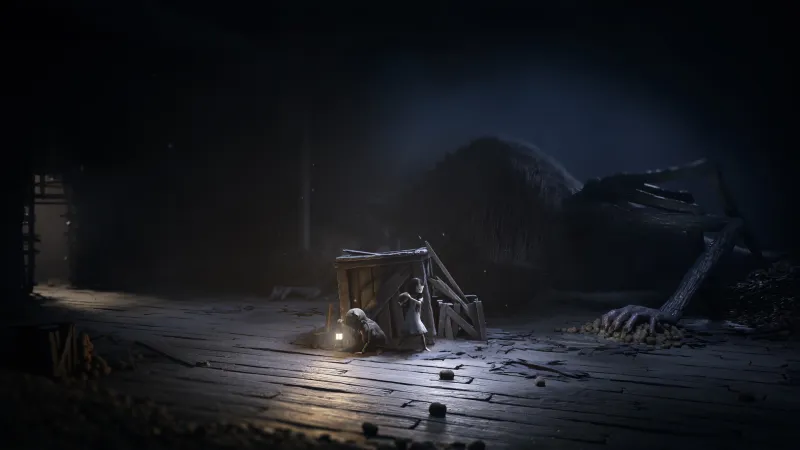
Little Nightmares III came out earlier this year, but fans of the franchise might have noticed it was developed by Until Dawn developer Supermassive instead of the team behind the former games, Tarsier Studios. That's because Tarsier has been hard at work creating Reanimal, a new co-op horror game right around the corner. Today, we learned that the game will drop early next year, on February 13. Check out the trailer from today's Xbox Partner Preview below.
Reanimal follows a brother and sister making their way through Hell to rescue their missing friends. In dimly lit sewers, alleyways, and vaguely industrial spaces, dark creatures chase the protagonists from one location to the next. While what we've seen of the co-op gameplay looks fine so far, the real draw for this studio is the dark, twisted atmosphere and art style, and today's trailer has both in spades.
To check out a glimpse of Reanimal today, you can download the demo on Xbox here or on Steam here. Reanimal is slated to launch on PlayStation 5, Xbox Series X/S, and PC.
New 007 First Light Trailer Reveals Aston Martin Valhalla As Bond's Car Of Choice
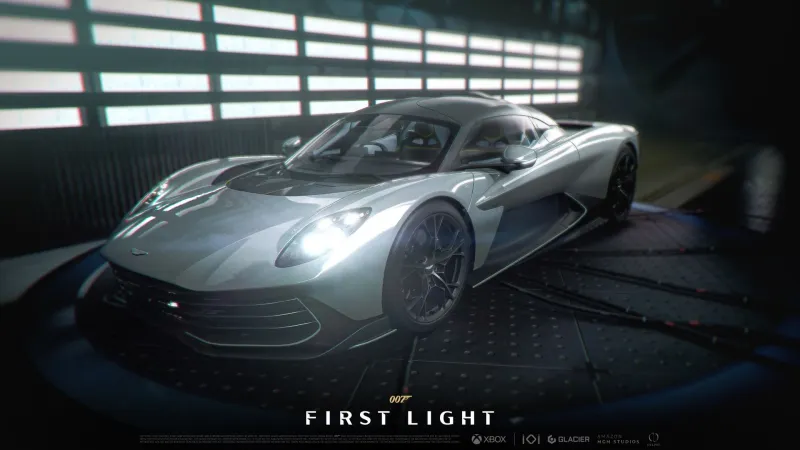
007 First Light is one of our most anticipated games of 2026, and for good reason. After spending years giving us extremely fun playgrounds for Agent 47 to engineer kills in, IO Interactive is now bringing that skillset to Agent 007. Today's newest trailer gave us a look at James Bond's car of choice, the Aston Martin Valhalla.
As expected, 007's Aston Martin Valhalla will be decked out with all kinds of special modifications, including guns, weaponry, and gadgets befitting of a 00 Agent. According to IO Interactive, it will serve as a "much-needed sidekick" to the younger version of James Bond that we're following in 007 First Light.
James Bond has an illustrious career in video games, with titles like GoldenEye 007, The World is Not Enough, Everything or Nothing, Nightfire, Bloodstone, From Russia with Love, and Quantum of Solace holding special places in the hearts of many. While many of those games adapt stories from films or feature an existing Bond, 007 First Light tells a completely original story of a younger James Bond on a mission that will earn him his license to kill.
007 First Light arrives on PS5, Xbox Series X/S, Switch 2, and PC on March 27, 2026.
Vampire Crawlers Is The Next Game From The Vampire Survivors Team
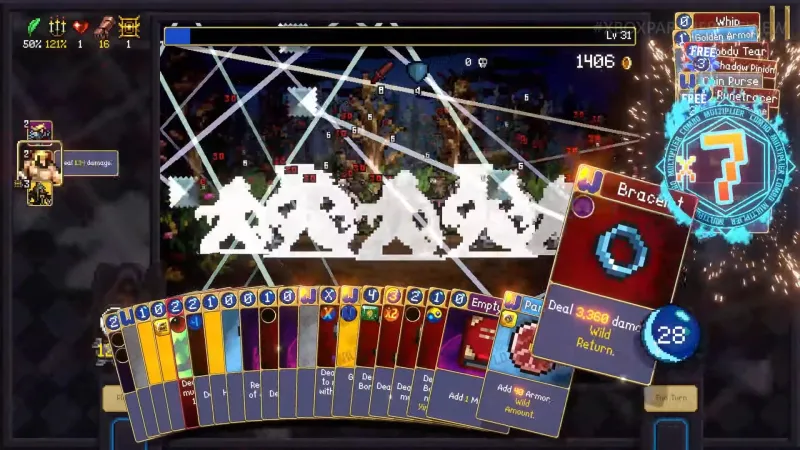
Following the extraordinary success of Vampire Survivors in 2022, developer Poncle has revealed its follow-up game. Revealed during today's Xbox Partner Preview, Vampire Crawlers in a spin off of Vampire Survivors, bringing the "one more run" mentality that permeates Poncle's hit to another genre within the same world.
As the name implies, Vampire Crawlers is a dungeon crawler. However, rather than the top-down view of Survivors, you play from the first-person perspective in a deck-building roguelike. "It's about mowing down hordes of enemies using cards, while you explore dungeons, playing as slowly or as fast as you prefer," Poncle founder and CEO Luca Galante told Xbox Wire. "You can take your time and be tactical, or play cards as fast as you humanly can, because the game is built to always provide accurate logical outcomes, regardless of the visual chaos that your abilities might cause. On top of the deck-building element, there is also a card customization mechanic that can dramatically alter the way you play your cards."
If that sounds like too extreme a departure from what you loved about Vampire Survivors, fear not, as Poncle says many of the trademark characters, upgrades, and weapons, such as the Bible, whip, and garlic, carry over to this experience. "Fans of Vampire Survivors will encounter familiar elements like treasure chests, weapon evolutions, unlocking something new after every run, a banger of a soundtrack, and terrible humor," Galante told Xbox Wire.
Released in 2022, Vampire Survivors took the gaming world by storm. A "bullet heaven," players take on hordes of enemies as a singular character who attains absurdly overpowered abilities to the point of becoming an unstoppable force, able to take on thousands of enemies at once. It's noteworthy for having one of the best hooks in recent years and for being extremely affordable; the base game is $5, and you can get it alongside all the DLC released over the last three years, of which there is a ton, for just under $21. It has featured crossovers with such games as Balatro, Castlevania, Contra, Saga, and Among Us.
We don't know much more about Vampire Crawlers, but it will be available on Xbox, including Game Pass Ultimate, "soon." For more on Vampire Survivors, check out our glowing review here.